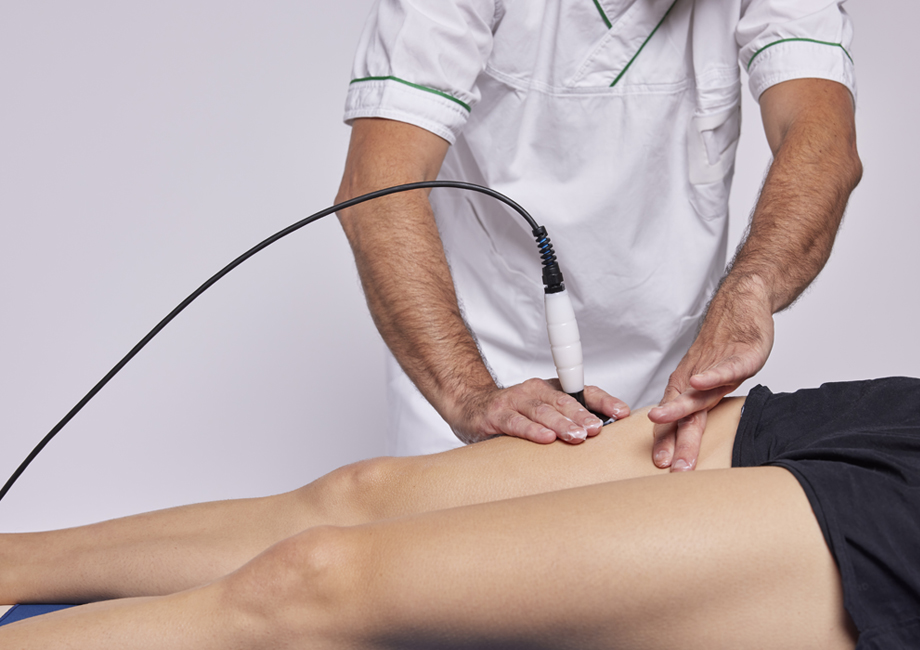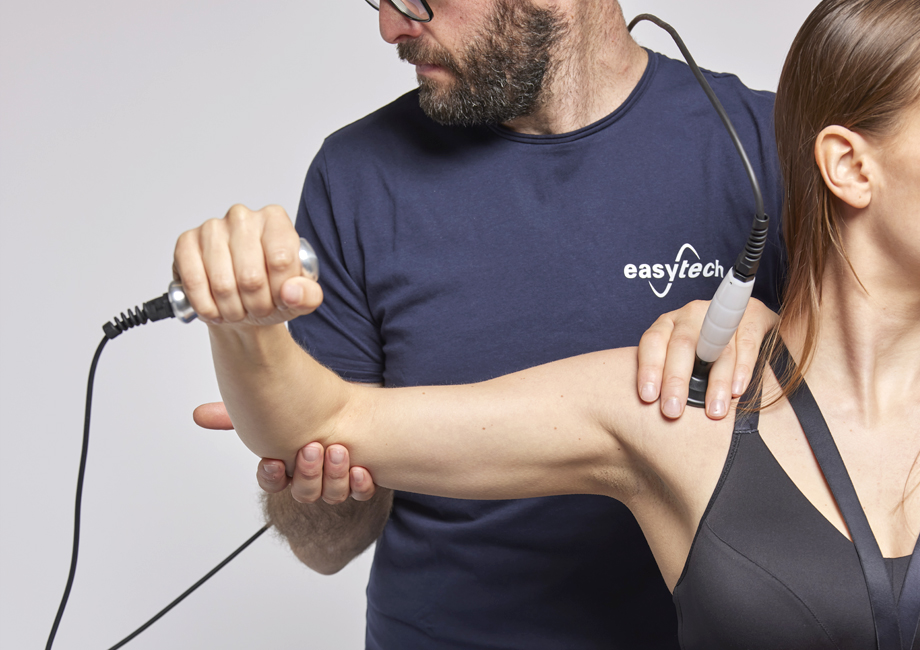
Energy transmission mode
There are two possible modes of energy transmission which enable the physiotherapist to easily adapt the therapy depending on the specific type of pathology.
CAPACITIVE
In this mode, the electromagnetic field is stronger right under the electrodes, on the surface area.
When using capacitive electrodes, our target becomes the soft tissue, i.e., tissues containing larger quantities of water and possessing a higher electric conductivity, like the derma, the lymphatic system, the venous system, and the muscles.
RESISTIVE
On the other hand, in resistive mode, the electromagnetic field is stronger where the power transfer meets the highest resistance and a lower amount of water. When using resistive electrodes, we are targeting deep tissues, i.e., the tissues with the highest electric resistance, such as articulations, tendons, ligaments, cartilage, and bones.
When to combine the two methods
Generally, we might say that the two modalities are COMPLEMENTARY.
Specifically, when treating deeper targets, the two modes usually work alternately, so that the highest temperature in the whole desired area helps increasing its benefits.
By combining capacitive and resistive applications we can achieve highly significant results.
- INCREASE of the collagen tissue stretchability with reduced viscosity
- PAIN RELIEF due to endorphin release
- DECREASE of muscular spasm and contractions
- FASTER blood reabsorption
- faster and more complete DISSOCIATION of OXYGEN from HEMOGLOBIN, making oxygen more available, something often associated to a reduction of the activated energy of important chemical reactions in the metabolism (increase of the local metabolism)
- VASODILATION, together with an increase in the local blood influx and nutrients enhancing the oxygen influx and the removal of catabolites.
- Metabolic stimulation INCREASES THE SPEED OF REPARATION of the fibrillary damage, while the healing process of both edemas and hematomas facilitates a fast and complete functional regain of fibers. Specifically, when it comes to “low-grade” injuries, it has been proved that the natural healing process accelerates. However, in «acute injuries», the prevalence of regeneration processes in relation to the healing activity, leads to a better recovery of the lost functionality.

Athermic tecar therapy treatments
Diathermy’s multiple application modalities allow to tailor the therapy to the specific requests of each patient. In the injury acute stage, we deem it fundamental to work in athermia to stimulate sensitive areas only slightly. In this case, the patient does not sense any change in temperature, but biostimulation effects and micro-oxygenation increase are still at work.
Easytech T Care Line
All of Easytech’s T Care devices for tecar therapy work with both capacitive and resistive monopolar electrodes. The metal return plate can be substituted by the adhesive one for applications in movement. A wide variety of optional accessories makes the therapist’s work more flexible to accommodate every patient’s needs.

